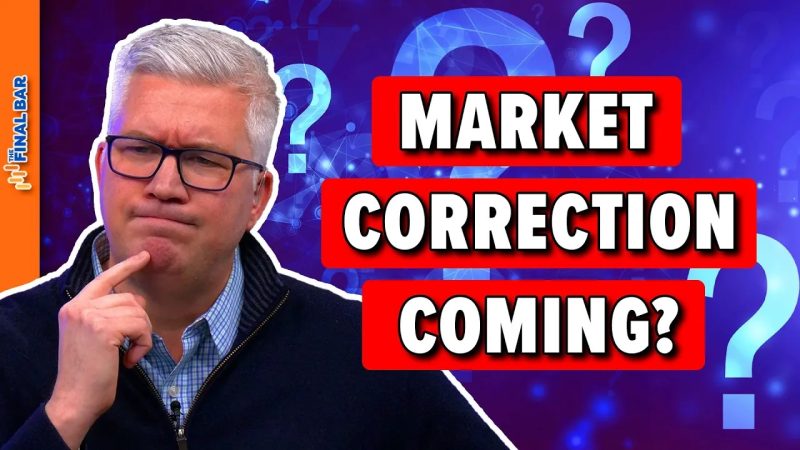VIX Spikes: Is a Market Correction Coming?
The Volatility Index, known as the VIX, is an essential indicator that measures market volatility and sentiment, often referred to as the fear gauge in financial markets. Recent spikes in the VIX have fueled concerns among investors, raising the question: Is a market correction imminent?
Understanding the VIX
Before delving into the implications of VIX spikes, it is crucial to have a clear understanding of how the index works. The VIX is calculated based on the implied volatility of S&P 500 index options and reflects investors’ expectations of market volatility over the next 30 days. A high VIX level indicates increased market uncertainty and potential for sharp price movements, while a low VIX suggests confidence and stability in the market.
Interpreting VIX Spikes
When the VIX experiences sudden spikes, as seen in recent trading sessions, it often signifies a surge in market fear and nervousness among investors. Elevated VIX levels can result from various factors such as geopolitical tensions, economic data releases, or unexpected market events. The sharp increase in the VIX could indicate growing concerns about a potential market correction or downturn.
Historical Patterns and Market Corrections
While VIX spikes can raise red flags for investors, it is essential to consider historical patterns and context when interpreting market volatility. Not all VIX spikes lead to market corrections, as occasional short-term volatility is natural in financial markets. Studies have shown that the VIX tends to spike during periods of heightened uncertainty but may not always translate into sustained market downturns.
Market Sentiment and Investor Behavior
Market sentiment plays a vital role in driving VIX levels, as investor behavior often exacerbates volatility. Fear and greed can influence market participants to overreact to short-term developments, leading to exaggerated price swings and VIX spikes. It is crucial for investors to maintain a long-term perspective and avoid making hasty decisions based on temporary market fluctuations.
Risk Management Strategies
Given the uncertainty surrounding VIX spikes and their implications for market direction, investors can employ risk management strategies to navigate volatile periods effectively. Diversification, asset allocation, and a disciplined investment approach can help mitigate the impact of market corrections and protect portfolios from excessive downside risk. Setting stop-loss orders, maintaining a cash reserve, and staying informed about market developments are essential elements of a robust risk management strategy.
Conclusion
In conclusion, while VIX spikes can be unsettling for investors, they do not necessarily signal an imminent market correction. Understanding the dynamics of market volatility, interpreting VIX levels in context, and implementing sound risk management practices are essential for navigating uncertain market conditions. By staying informed, maintaining a long-term perspective, and being prepared for potential market fluctuations, investors can position themselves strategically to weather periods of heightened volatility and uncertainty in the financial markets.



























